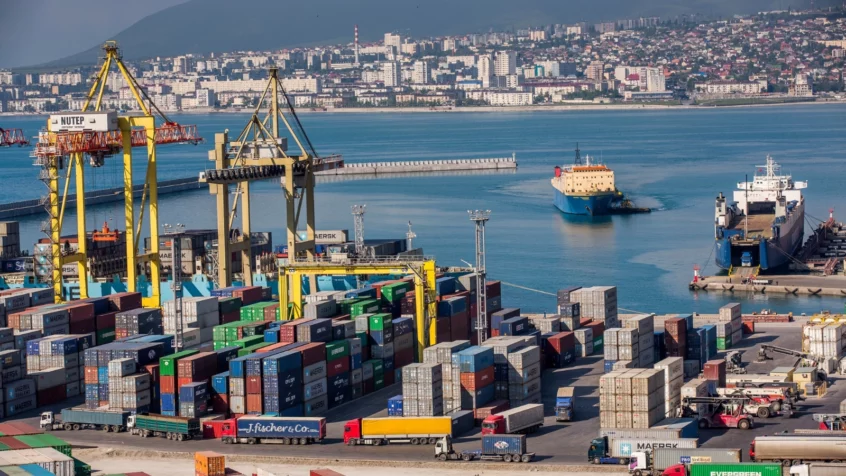The peak season in the logistics industry is an exhilarating yet challenging time when companies face a surge in demand for their services. As we approach the peak season of 2023, it is crucial for logistics companies to be well-prepared and equipped to meet customer expectations. The key lies in proactive preparation, adaptability, and a commitment to delivering a seamless logistics experience even during the busiest times.
Don´t forget to…
Evaluate Previous Peak Seasons:
The first step in preparing for the peak season is to analyze and evaluate data from previous years. Reviewing historical trends, customer demands, and any bottlenecks encountered can help identify patterns and make informed decisions for the upcoming season. Look for areas of improvement and identify potential challenges that may arise.
Strengthen Communication and Collaboration:
During the peak season, effective communication and collaboration become vital to maintaining operational efficiency. Ensure that your internal teams are well-coordinated and aligned with the company’s objectives. Enhance communication channels and establish clear lines of communication with external partners, including carriers, suppliers, and vendors. Collaborate closely with stakeholders to mitigate any potential disruptions.
Optimize Inventory Management:
Inventory management is crucial during the peak season to meet increased demand and prevent stockouts. Analyze sales forecasts, historical data, and customer trends to determine the optimal stock levels for each product. Consider implementing advanced inventory management systems or leveraging technology-driven solutions like automated replenishment systems and real-time inventory tracking to ensure accurate and efficient inventory management.
Scale Workforce and Training:
Peak seasons often require a larger workforce to handle increased order volumes and ensure timely delivery. Begin workforce planning well in advance to hire additional staff or partner with temporary staffing agencies. Conduct comprehensive training programs to equip both new and existing employees with the necessary skills and knowledge to handle the peak season’s demands effectively.
Enhance Last-Mile Delivery Capabilities:
Last-mile delivery is a critical aspect of the logistics process, and during the peak season, it becomes even more essential to meet customer expectations. Invest in technology solutions like route optimization software, real-time tracking systems, and delivery automation tools to streamline last-mile operations. Collaborate with local delivery partners to expand capacity and offer flexible delivery options to customers, such as same-day or time-slot deliveries.
Implement Technology Solutions:
Embracing technology is crucial to streamline operations and enhance efficiency during the peak season. Invest in transportation management systems (TMS), warehouse management systems (WMS), and enterprise resource planning (ERP) software to automate processes, improve visibility, and optimize resource allocation. Leverage data analytics tools to gain valuable insights and make data-driven decisions.
Monitor and Adapt in Real-Time:
Continuous monitoring and real-time data analysis are essential during the peak season. Implement key performance indicators (KPIs) to track operational metrics such as order fulfillment rates, delivery times, and customer satisfaction levels. Regularly review and analyze these metrics to identify areas for improvement and proactively address any emerging challenges.
In conclusion, preparing for the peak season in 2023 requires careful planning, effective communication, and the adoption of technology-driven solutions. By evaluating past performance, optimizing inventory management, strengthening communication channels, and investing in technology, logistics companies can enhance their capabilities and provide exceptional service to customers.

